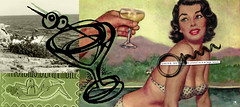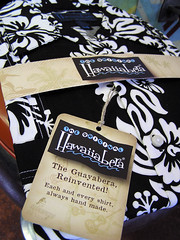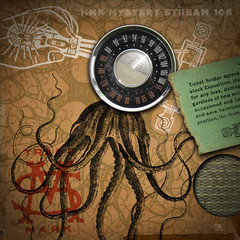Design and the Elastic Mind

One thing that makes city life inspiring is also one thing that makes it oppressive: other people. Technology may be able to help. The evolution of community and technology was one theme of "Design and the Elastic Mind," a recent exhibition at the Museum of Modern Art.
The title of an essay in the show’s catalog, by Paola Antonelli, a curator, suggests the exciting possibilities of the emerging dynamic: “All Together Now!” Yet Antonelli also acknowledges the flip side of that togetherness. Citing one “very mundane example of one versus many,” she mentions a crucial line of defense against the chatter of others: “First-rate noise-canceling headsets. Don’t leave home without them.”
Technology changes community and reacts to change. It also gets repurposed. Consider, in fact, noise-canceling headphones. Probably the most famous brand in that product category is Bose, which makes a couple of models under the name QuietComfort. Bose certainly positions the devices as a tool for one to obliterate the sound of the many (“Use them as a concert hall — or a sanctuary”). But the underlying technology had more specific origins.
According to the company, its noise-canceling system was devised by Amar Bose, the founder, following a disappointing experience with airline-provided headphones in 1978: extraneous cabin noise competed with the audio entertainment — and cranking up the volume just muddied the sound.
Prototypes from Bose’s Noise Reduction Technology Group were used by the Air Force and Army, and the first commercial version, introduced in 1989, was meant for aviation professionals. (A 1995 iteration was named “product of the year” by the Aircraft Owners and Pilots Association.) The technology crossed over to the consumer market in the late 1990s, still in the noisy context of air travel, by way of a deal with American Airlines.
Continue reading Rob Walker's: The Silence Generation, thanks to The New York Times.
Personally, I just really dig my Sennheiser HD 595s.
That's Right,
HMK
Thanks to Alex Edg for the textured paper.


















